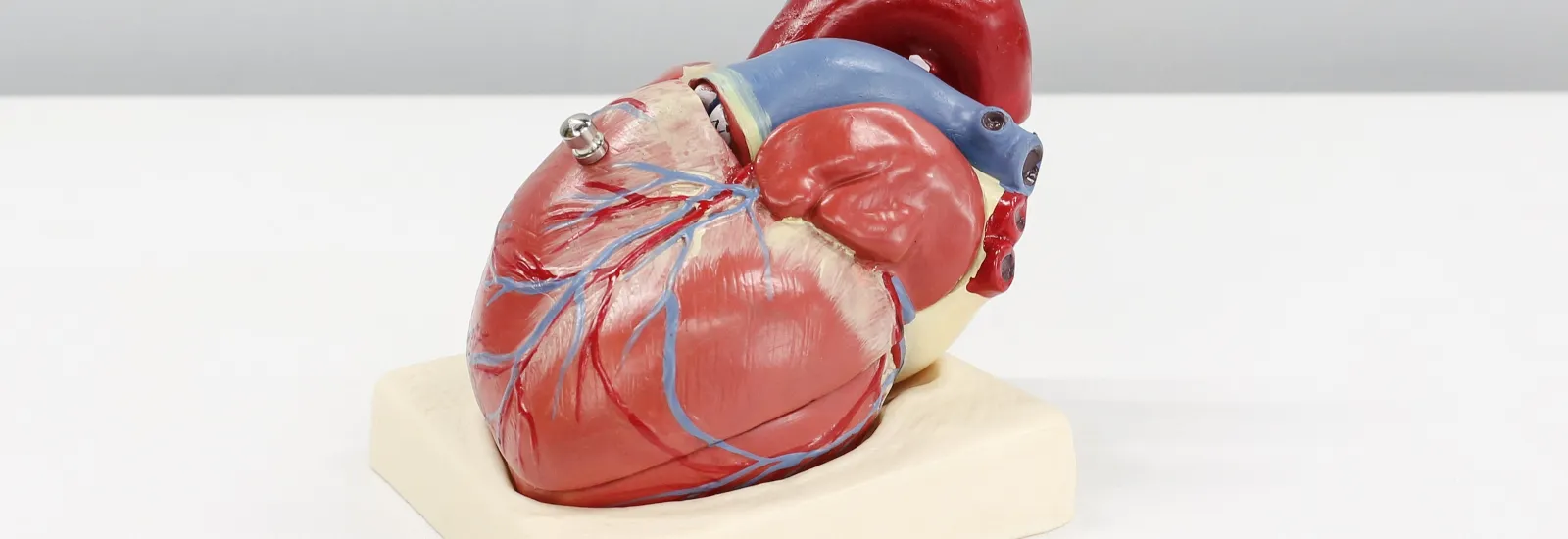
What is a heart echo, and what can it tell you?
5-minute read
Many different types of imaging
tests are available to help your doctor better understand what's going on in
certain areas of your heart. One common type of cardiac imaging is
called an echocardiogram, or heart echo, which is an ultrasound of your heart
that uses sound waves to generate detailed pictures. If your doctor ordered a
heart echo, you might have questions about what to expect and what the imaging
can reveal.
Why your doctor might order a heart echo
A heart echo allows your doctor to
better examine the structure of the heart and assess how well it's functioning.
In addition to the size and shape of your heart, the test results can reveal:
- Information about the heart walls, such as thickness and movement
- The way your heart moves as it beats
- The strength of your heart's pumps
- Blood flow within the heart
By viewing the way different parts
of your heart work, your doctor can determine the cause of certain symptoms. A
heart echo can help with the diagnosis of conditions such as:
- Blood clots in the heart
chambers. A heart echo can also show if a
blood clot that caused a stroke originated in the heart.
- Cardiomyopathy. This
disease is diagnosed when the heart is weak or has a structural abnormality.
- Damage to the heart muscle. The test can reveal the extent of the damage from a heart
attack.
- Heart failure. This
occurs when the heart doesn't pump blood as well as it should.
- Heart murmurs. These
sounds are created when blood flows through vessels near the heart or heart
chambers and valves. Some heart murmurs are harmless, meaning they are not a
sign of a problem, while others can be a symptom of a more serious condition.
- Infectious endocarditis.
This infection occurs in or around the heart valves.
- Pericardial
disorders. A heart echo can
reveal abnormalities with the sac surrounding the heart (the pericardium),
including pericarditis, an inflammation of the sac, and pericardial effusion, a
buildup of fluid in the pericardium.
- Problems with the heart valves. These problems include conditions such as aortic stenosis, meaning the heart valves are too narrow, and regurgitation, when blood leaks the wrong way back through a heart valve.
If you are showing symptoms of any of these conditions, such as shortness of breath,
chest pain, or heart palpitations, your doctor might decide to order a heart
echo to help pinpoint the source of your discomfort.
Types of heart
echo tests and what to expect
All heart echocardiograms are
performed by trained technicians. For this type of test, you will need to
undress from the waist up and put on a hospital gown. The most common type of
heart echo test is called a transthoracic echocardiogram (TTE). This test takes
about an hour and has no known risks or side effects. Here's what to expect.
- You will lie on a table with small metal disks called electrodes taped to your chest. The disks are wired to an electrocardiograph machine, which monitors your heart rhythm during the test.
- The technician will put gel on your chest to help the soundwaves travel through your skin. They will then slowly move a probe over your chest.
- Soundwaves from the probe bounce off your heart and back to the probe. These sound waves are translated into moving images displayed on a computer screen and recorded.
- During the test, the technician may ask you to hold your breath from time to time or to lie on your left side.
- If the technician has trouble capturing clear pictures of the heart, they might inject a small amount of contrast through an IV to help get a clearer image.
Rarely, a more invasive test
called a transesophageal echocardiogram (TEE) may be necessary if a TTE doesn't
produce a clear enough picture. For a TEE, your throat will be numbed, and a
cardiologist will guide a long, flexible scope with an ultrasound probe into
the esophagus and into the stomach. This allows the doctor to get a clear view
of the heart as well as look for signs of infection or blood clots.
Another type of heart echo test is
called a stress echocardiogram. Your doctor may order this test to see how well
your heart muscle pumps blood throughout your body while you exercise. Usually,
this test is used to look for decreased blood flow in the coronary
arteries.
For a stress echocardiogram, you
will go to your doctor's office or a medical center. A technician will first perform
an echo while you rest. Then, with electrodes on your chest and a blood
pressure cuff on your arm, you will walk on a treadmill or pedal on a
stationary bicycle. You will stop exercising when your heart reaches the target
rate, which usually takes five to 15 minutes. You may also stop sooner if you
are too tired to continue or experience chest pain or a change in blood
pressure.
The technician will take more
images as your heart rate increases. Your doctor will check to see how well
your heart is pumping blood as it beats faster. If any areas of the heart
muscle don't work well during strenuous activity, it could be a sign of blocked
or narrowed arteries.
After the heart echo test
Your doctor will look at the images from the heart echo and discuss the results with you. If results are normal, your heart is functioning normally. If any abnormalities are detected, your doctor will discuss these with you. In some cases, slightly abnormal results are not cause for immediate concern. However, more testing may be needed to determine whether the results signal a serious problem.
Have questions or concerns about
your heart health? Find a provider who can help at the Reid Health Heart & Vascular
Center.

